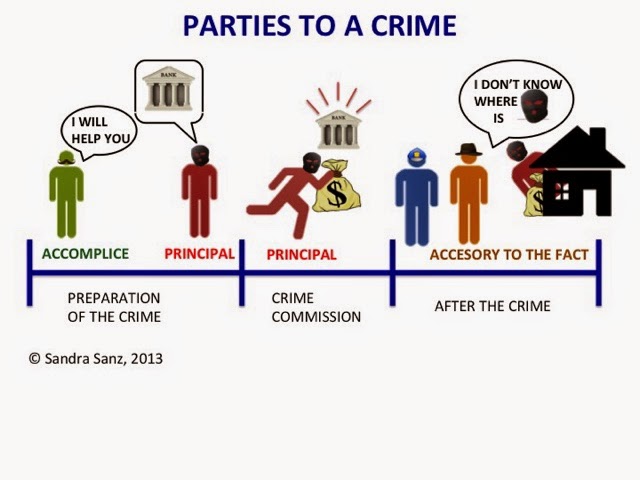Don't Mix Drinking and Driving (Anti-Drunk and Drugged Driving Act of2013)
| A public service message by arangkada. A photo grabbed from google images. |
On May 19, 2014, a train rammed a passenger jeepney in Sampaloc, Manila resulting to one death and 6 persons injured.
Initial investigation showed that a railway crossing signal warned vehicles that a train was approaching, but the jeepney still crossed the road. The jeepney driver, who was also injured, reeked of alcohol when he was brought to the hospital, police said (ABS-CBN News.Com).
Admittedly, drunk and/or drugged drivers resulted to many road accidents in the country. Lives and limbs were lost, not to mention the million of pesos worth of properties damaged, due to these accidents.
Coincidentally, the Implementing Rules and Regulations of the Republic Act Number 10586 or otherwise known as the "Anti-Drunk and Drugged Driving Act of 2013".
So what is the act punished in R.A. No. 10586?
Basically, what is punished in SECTION 5 of this act is the driving of a motor vehicle while under the influence of alcohol, dangerous drugs and/or other substances.
How to determine that the driver was under the influence of alcohol, dangerous drugs and/or other substances?
A law enforcement officer who has probable cause to believe that a person is driving under the influence of alcohol, dangerous drugs and/or other substances by apparent indications and manifestations, including overspeeding, weaving, lane straddling, sudden stops, swerving, poor coordination or the evident smell of alcohol in a person's breath or signs of use of dangerous drugs and other similar substances, shall conduct field sobriety tests.
What are the field sobriety tests?
Eye Test - which requires the driver to follow with his gaze an object that the law enforcer moves horizontally, around one foot away from the driver's face;
Walk-and-Turn Test - which requires the driver to walk nine steps forward in a straight line, turn, then walk back the same distance without difficulty; and
One-Leg Stand - which requires the driver to stand on one leg and raise the other one around six inches from the ground for about 60 seconds.
Walk-and-Turn Test - which requires the driver to walk nine steps forward in a straight line, turn, then walk back the same distance without difficulty; and
One-Leg Stand - which requires the driver to stand on one leg and raise the other one around six inches from the ground for about 60 seconds.
What is probable cause?
Probable cause shall mean that the law enforcement officer has reasonable ground to believe that the person driving the motor vehicle is under the influence of alcohol, dangerous drugs and/or other similar substances upon personally witnessing a traffic offense committed by means of lane straddling, making sudden stops, overspeeding, swerving or weaving in such an apparent way to indicate that the driver is under the influence of alcohol, dangerous drugs and/or other similar substances.
What is the effect if the driver fails in the sobriety tests?
If the driver fails in the sobriety tests, it shall be the duty of the law enforcement officer to implement the MANDATORY determination of the driver's blood alcohol concentration level through the use of a breath analyzer or similar measuring instrument.
What is the effect if the driver passes in the sobriety tests?
If the driver passes in the sobriety tests, he/she will only be apprehended for his/her traffic violations only.
What is the allowable limit of alcohol blood concentration?
For drivers of private vehicles that weigh below 4,500 kg., the allowed limit is 0.05%. For drivers of public-utility vehicles, trucks, buses and motorcycles, the allowed limit is 0.0%.
If the driver is found to exceed the prescribed blood alcohol level, he/she will be arrested while his/her vehicle will be impounded. If the driver is found to be within the allowed limit, however, he/she will only be apprehended for his/her traffic violation.
In the case of drivers who are suspected to be under the influence of dangerous drugs or other illegal substances, he/she will be brought to the nearest police station and subjected to a drug screening test "in accordance with existing laws."
What is the penalty for drivers who refuse to undergo MANDATORY tests?
A driver who refuses to undergo the mandatory field sobriety and drug tests shall be penalized by confiscation and automatic revocation of his/her driver's license, in addition to the provided by laws.
What are the penalties to the violators of SECTION 5 of this act?
If the violation of this act did not result in physical injuries or homicide, the penalty of 3 months imprisonment and a fine ranging from P20,000 to P80,000 shall be imposed.
If the violation resulted in physical injuries, the penalty provided in Article 263 of the Revised Penal Code or in this law whichever is higher and a fine ranging from P100,000 to P200,000 shall be imposed.
If the violation resulted in homicide, the penalty provided in Article 249 of the Revised Penal Code and a fine ranging from P300,000 to P500,000 shall be imposed.
The non-professional driver's license of any person found to have violated this law shall also be confiscated and suspended for a period of 12 months for the first conviction and perpetually revoked for the second conviction.
The professional driver's license of any person found to have violated this law shall also be confiscated and perpetually revoked for the first conviction.
What is the effect of perpetual revocation?
The perpetual revocation of a license shall DISQUALIFY the person from being granted any kind of driver's license thereafter.
What is the liability of operator and/or owner of the offending vehicle?
The owner and/or operator of the vehicle driven by the offender shall be DIRECTLY and PRINCIPALLY held liable together with the offender for the fine and the award against the offender for CIVIL DAMAGES.


Comments
Post a Comment